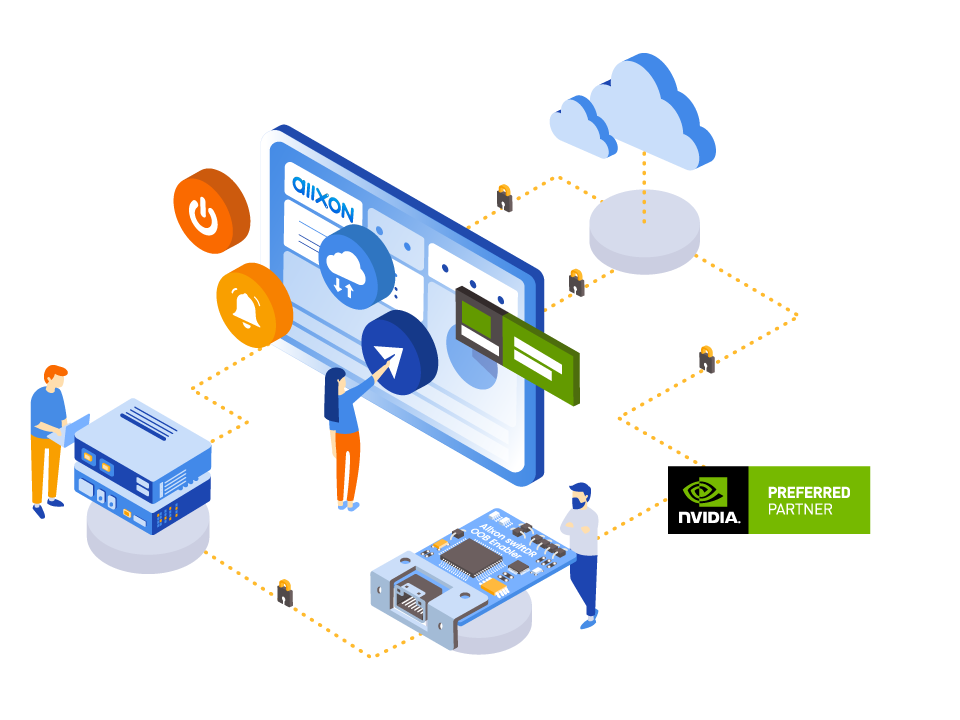

In essence, this model utilizes all the operational efficiencies of the cloud kitchen business model but also has a “real” window with customers.Ĭhanging menu that has a mix of seasonal dishes and bestsellersĪ mix of aggregator dependency and self-reliance for orders and deliveries The Swiggy Access business model – Aggregator owned, multi (restaurant) brand, rented co-working kitchens, no storefront. The storefront exists to allow customers to walk in and see how their food is prepared, should they ever want to. It resembles a cloud kitchen business model for the most part, but also has a storefront. This is kind of a mashup between a takeaway restaurant and a cloud kitchen. You could think of it as specialized cuisine based cloud restaurants, owned by the same mother brand, sharing the same kitchen.Ī mix of aggregator dependency and self-reliance for orders and deliveries The Freshmenu business model – Single brand, single kitchen, multiple outlets, with a storefront.

This model closely resembles the original cloud kitchen model with no physical storefront. And having a single shared kitchen keeps operational costs low. This model is clever because it positions the separate brands as their own individual establishments. The idea here is to address the demand for the most ordered cuisine (Biriyani, North-Indian, Chinese, Burgers, Pizza & Pasta – that’s really it in India) in a neighbourhood (a 5-6 km radius) with relatively lesser restaurant options that serve these dishes. The more elaborate cloud kitchens are based on data intelligence such as area wise demographics of residents, popular cuisines and hyperlocal demand-supply. This concept gained popularity with the growth of online ordering and growing consumer demand for deliveries.Ī mix of aggregator dependency and self-reliance for orders and deliveries The Rebel foods (Faasos) business model – Multi-brand (cuisine), single kitchen, multiple outlets, no storefront.

Restaurant owners or food business entrants sidestepping high rents and real estate costs by shedding the front-of-house. A restaurant with no seating space and no physical store. This is the original cloud kitchen model. The 6 Cloud Kitchen Business Models The independent cloud kitchen model – Single brand, single kitchen, no storefront. Even if you have lower-priced menu items, your profit margins are likely to be better. You don’t need client-facing staff, decoration or space entrance, parking area etc. With a cloud kitchen, you save so much on overhead costs. Let’s take the example of Faasos, today it runs 160+ kitchens and 4 brands including Faasos, Behrouz Biryani, Oven Story and Firangi Bake. Once you build a brand and get loyal customers, expanding to new localities and even new menu variety gets easier. The best thing about cloud kitchens is that you don’t need heavy investments to begin. Rather than paying for accessibility, better-developed complexes, or even a large parking space, you can concentrate on having enough kitchen space in a decent area near to your target market. Since you’re removing table servicing out of the equation and offering a delivery-only service, you’ll save a huge amount on real estate costs.Ĭloud kitchens release you from the obligation of having space in a high-visibility area. There are more benefits involved like: Lower real estate costs With the availability of third-party services and the growing comfort of mobile ordering, this model seems just right to experiment with. Why does this work? Because you’re cutting costs on front-of-house activities and concentrating on your food. Orders come in, meals are cooked, packed and then whisked immediately to their delivery locations by the assigned fleet. Here’s what happens exactly in a cloud kitchen model: Why opening a cloud kitchen is a good idea? Even industry trends have started showing up in favour.Īccording to a recent survey conducted by us, 67% of the restaurant owners would want to open a cloud kitchen as their next outlet. Now think of a restaurant model that exists purely to capture this market.Īs consumers shift their dining behaviour increasingly to delivery, it’s impossible for restaurants to ignore the large appetite for this new model. The revenue in the online food delivery market is expected to reach $137,596 million worldwide, by 2023.


 0 kommentar(er)
0 kommentar(er)
